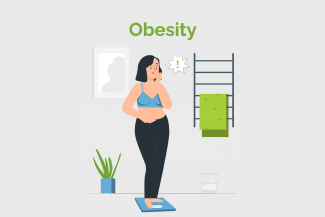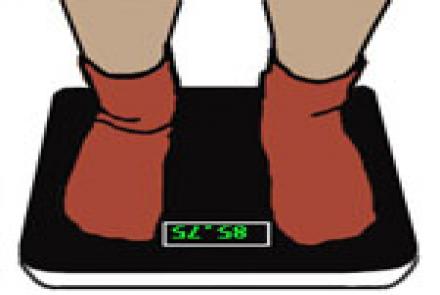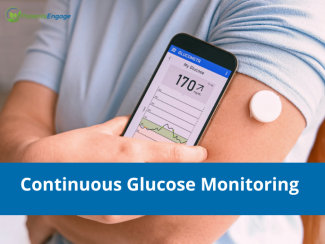Worldwide obesity has more than doubled since 1980. In 2014, more than 1.9 billion adults, 18 years and older, were overweight. Of these over 600 million were obese. 39% of adults aged 18 years and over were overweight in 2014, and 13% were obese. Most of the world's population live in countries where overweight and obesity kills more people than underweight. 42 million children under the age of 5 were overweight or obese in 2013.
Obesity is preventable.

Phenotypes associated with Obesity:
- Normal weight obese (NWO): Normal Body mass index (BMI) + PBF > 30 (dual X-ray absorptiometry) + ↓ lean body composition of the left leg. Do not have metabolic syndrome.
- Metabolically obese normal weight (MONW): normal (body mass index (BMI), but have significant risk factors for diabetes, metabolic syndrome, and cardiovascular disease, which could be due to higher fat mass and plasma triglycerides as well as higher visceral fat and liver content. They have more central fat distribution.
- Metabolically Healthy Obese: obese based on their Body Mass Index (BMI) but a normal metabolic profile. They have a lower risk of developing cardiovascular disease and type 2 diabetes than people with metabolically unhealthy obesity (MUO). They have normal blood sugar and lipid levels, normal Blood pressure, less ectopic fat, more fat in the legs, greater insulin sensitivity and better cardiorespiratory fitness.
- Metabolically unhealthy obese (MUO): obese based on their Body Mass Index (BMI) but have at least >=2 negative metabolic health markers like high blood pressure, high blood sugar, or abnormal cholesterol levels. They have health risks associated with obesity.
- According to BMI (as mentioned above).
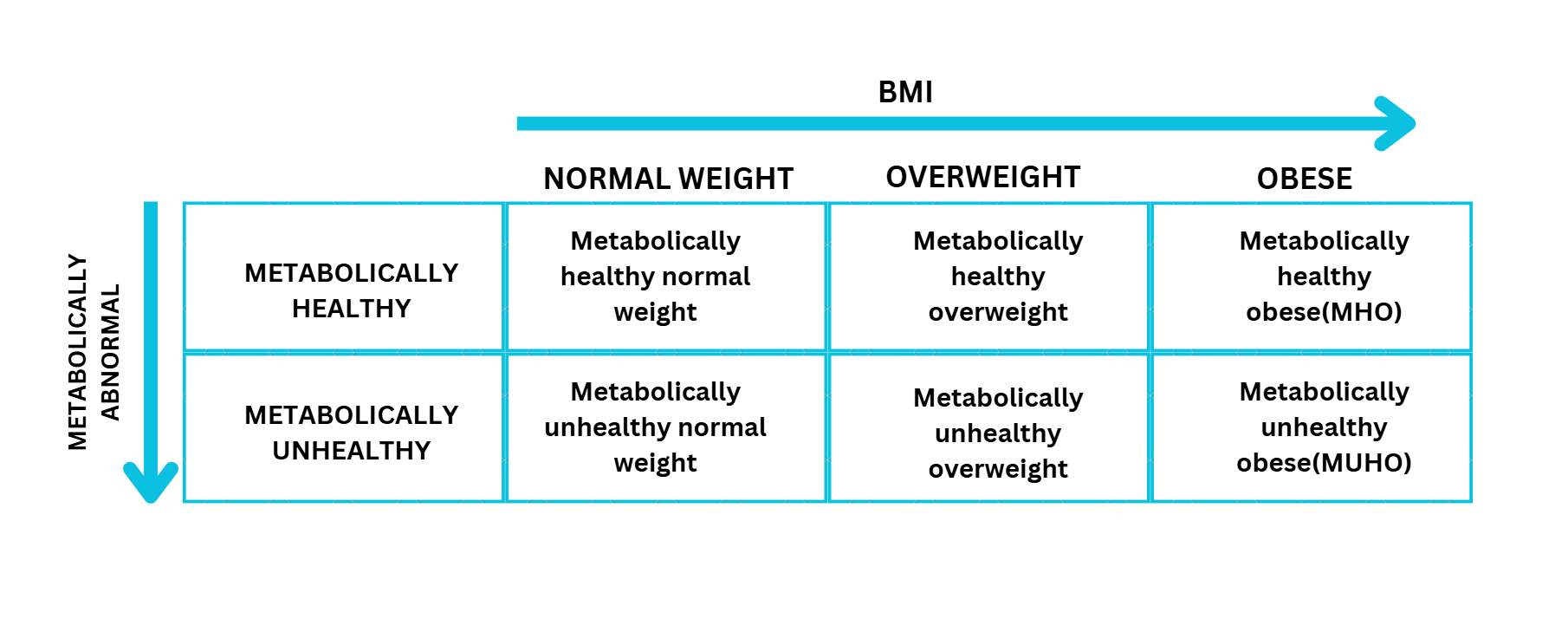
https://www.thelancet.com/journals/landia/article/PIIS2213-8587(13)7006…
Complications associated with obesity:
- Heart disease- Obesity may cause deposit of cholesterol in arteries thus clogging them leading to high blood pressure and associated risk of coronary artery disease.
- Type 2 diabetes
- Fatty liver disease- fat builds up in the liver leading to risk of inflammation and scarring known as liver cirrhosis.
- Metabolic syndrome- is a group of conditions that increase your risk for heart disease, diabetes, and stroke. To be diagnosed with metabolic syndrome, you must have at least three of the following conditions-large waist size, high level of triglycerides in the blood, high blood pressure, high level of blood glucose when fasting, low level of HDL cholesterol -the “good” cholesterol—in the blood. Metabolic syndrome is closely linked to overweight and obesity and to a lack of physical activity.
- Certain cancers, including breast, colorectal, esophageal, pancreatic, ovarian, and uterine among many others.
- Issues with menstrual cycle and ovulation thus affecting fertility.
- Increased risk of Polycystic ovarian disease.
- Alzheimer's disease and dementia.
- There is an increased risk of osteoporosis (weakening of bones).
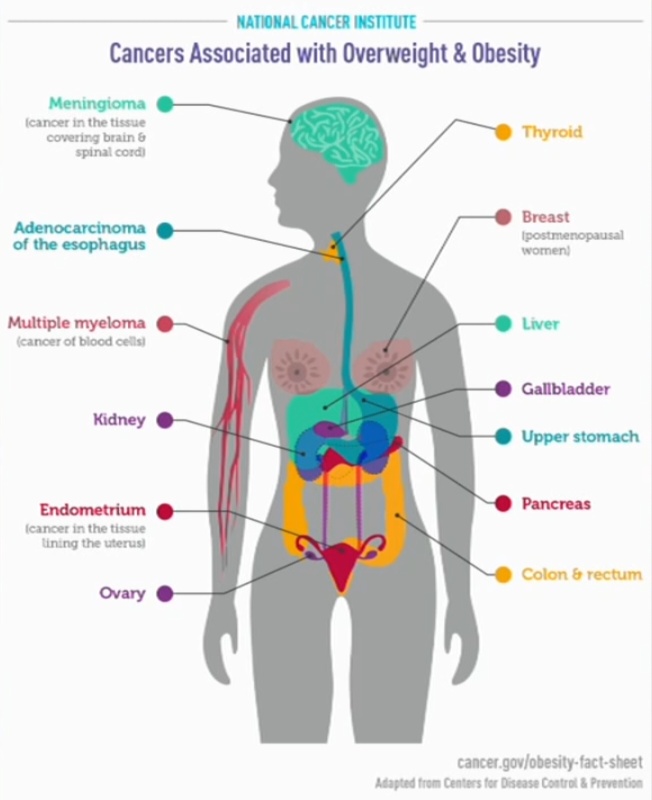
https://www.medicalnewstoday.com/articles/effects-of-obesity
Changed
24/Mar/2025
Community
Condition

